In today’s interconnected world, international trade between the Middle East, Europe, and Asia continues to grow at an impressive pace. As a trusted name in global freight forwarding, Lian Visman understands that shipping costs can make or break a business’s profit margins. Whether you are moving goods from Dubai to Hamburg, or from Doha to Shanghai, knowing the factors that influence freight rates is essential for smart logistics planning.
1. Shipping Method and Mode of Transport
The choice of transport — sea freight, air freight, or ground freight — is one of the biggest cost determinants. Sea freight is generally more affordable for bulk shipments but comes with longer transit times. Air freight offers speed and reliability but is significantly more expensive, making it ideal for high-value or urgent shipments. Land freight can be a good option for certain routes between the Middle East and Asia but is limited by infrastructure and political borders.
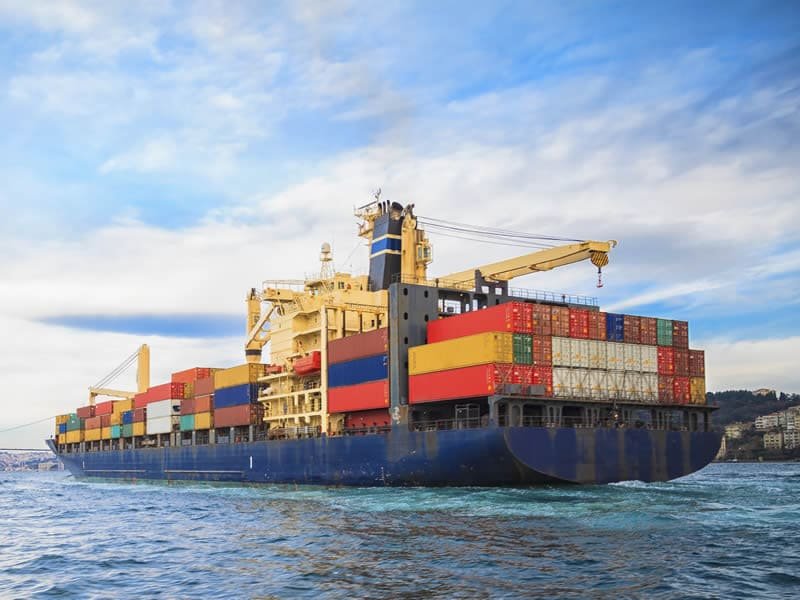
2. Type and Volume of Cargo
The size, weight, and nature of your goods directly impact shipping costs. Oversized cargo, hazardous materials, or goods requiring special handling (like temperature-controlled containers) will usually incur higher fees. For example, transporting refrigerated medical supplies from the Middle East to Europe can cost far more per unit than standard dry goods.
3. Origin and Destination Ports
Not all ports are equal in terms of efficiency, fees, and connectivity. Major hubs like Jebel Ali in Dubai, Port of Rotterdam, and Port of Shanghai offer competitive rates due to higher volumes and better infrastructure. Smaller or less accessible ports might require additional transshipments, increasing both time and cost.
Read more: How to Ship Goods from Iran to Europe
4. Seasonality and Market Demand
Shipping costs fluctuate throughout the year based on supply and demand. Peak seasons — such as the months leading up to holidays like Ramadan, Christmas, or Chinese New Year — often see significant surcharges due to high demand. Conversely, during off-peak seasons, carriers may offer discounts to fill empty space.
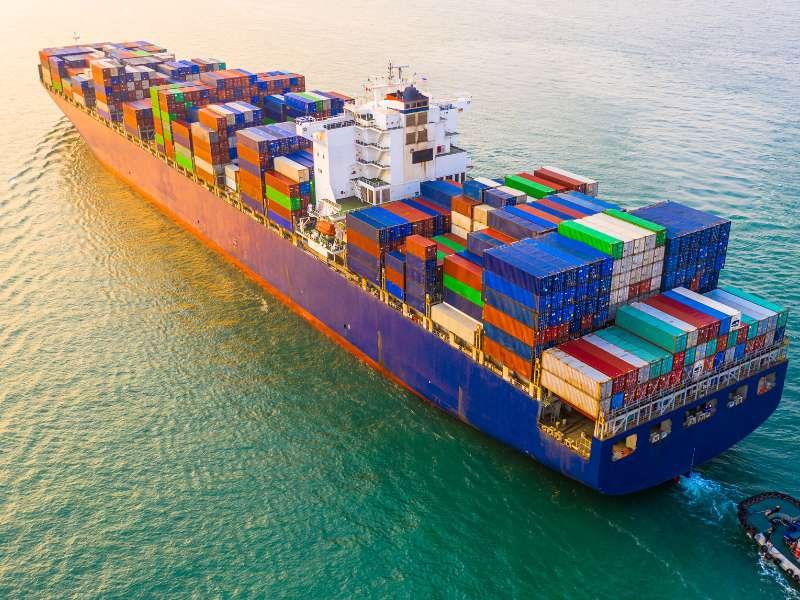
5. Fuel Prices and Surcharges
Bunker fuel costs for ships and aviation fuel prices for air cargo are a major variable in freight rates. A sudden spike in oil prices can lead to fuel surcharges, directly affecting your shipping budget.
6. Customs Regulations and Tariffs
Every country has its own customs procedures, documentation requirements, and tariff structures. Non-compliance or incomplete paperwork can lead to costly delays, storage fees, or even fines. Working with an experienced logistics provider like Lian Visman ensures you navigate these complexities efficiently.
Read more: Challenges and Solutions in Middle East Cross-Border Shipping
7. Additional Services
Value-added services such as packaging, insurance, tracking, and warehousing contribute to the final shipping cost. While these services increase upfront expenses, they often prevent bigger losses in case of damage, theft, or delays.
FAQs
Sea freight is typically the most cost-effective option, especially for large and non-urgent shipments. Choosing high-volume shipping lanes and consolidating cargo can further reduce costs.
Plan shipments during off-peak seasons, consolidate loads, and work with a trusted freight forwarder like Lian Visman to optimize routes and negotiate competitive rates.
Not always. Many shipping quotes exclude customs duties, taxes, and import/export fees. It’s important to clarify this with your logistics provider before booking.
When fuel prices rise, carriers often implement fuel surcharges. These are added to the base freight rate and can significantly impact total shipping costs.

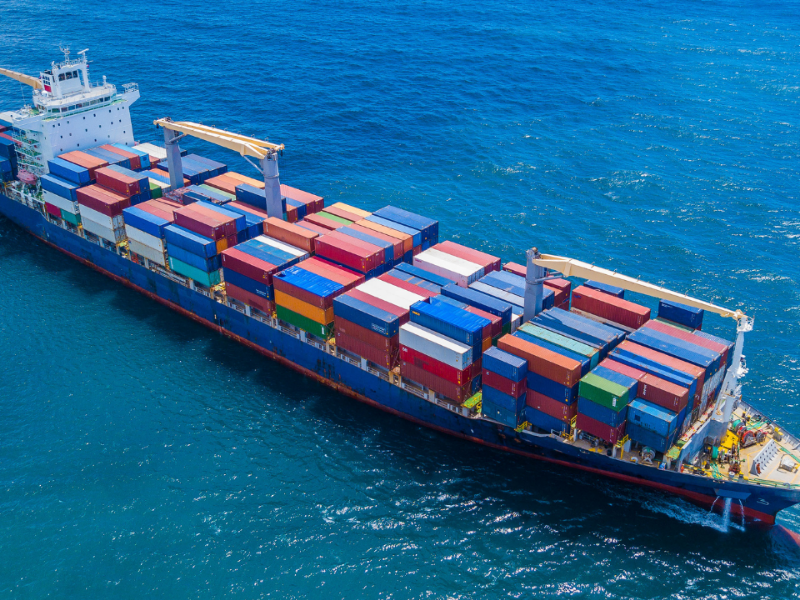

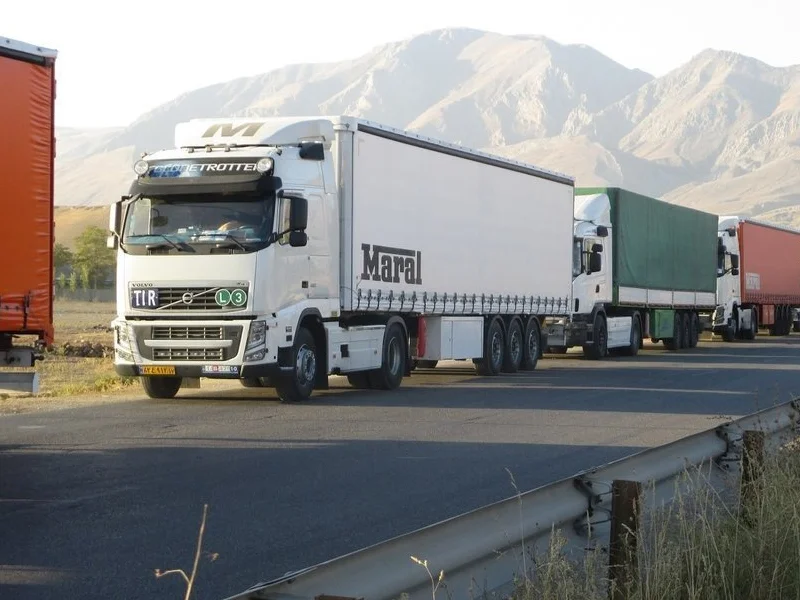
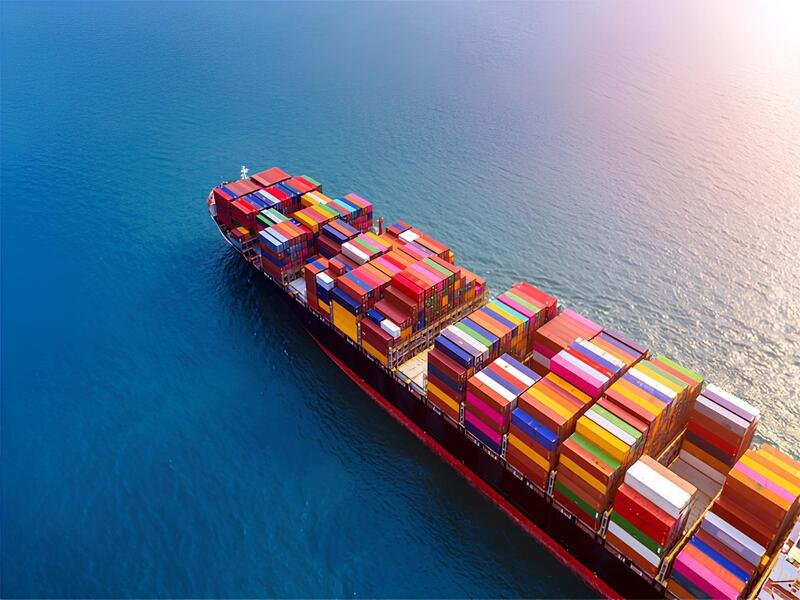
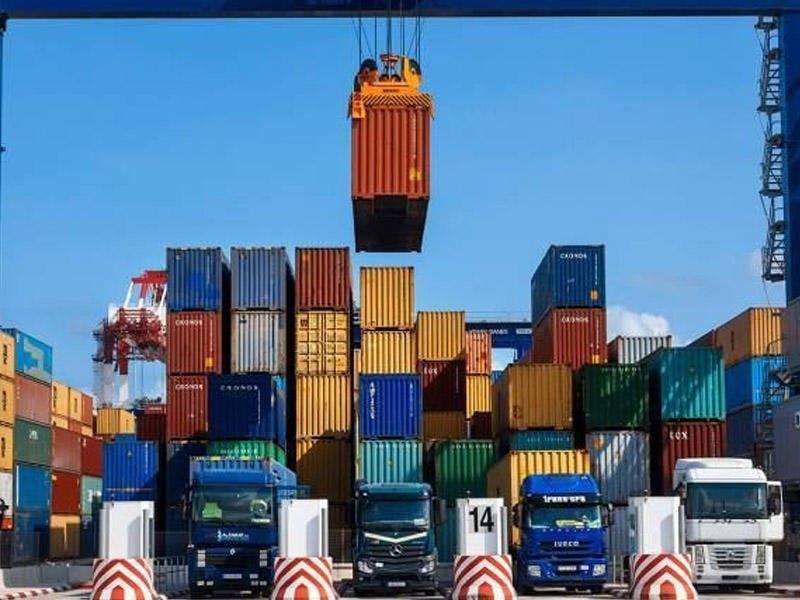
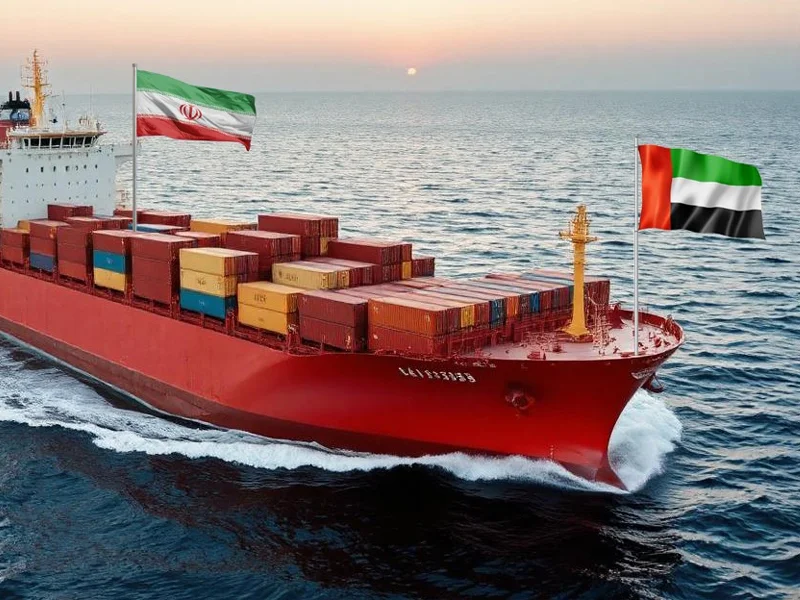
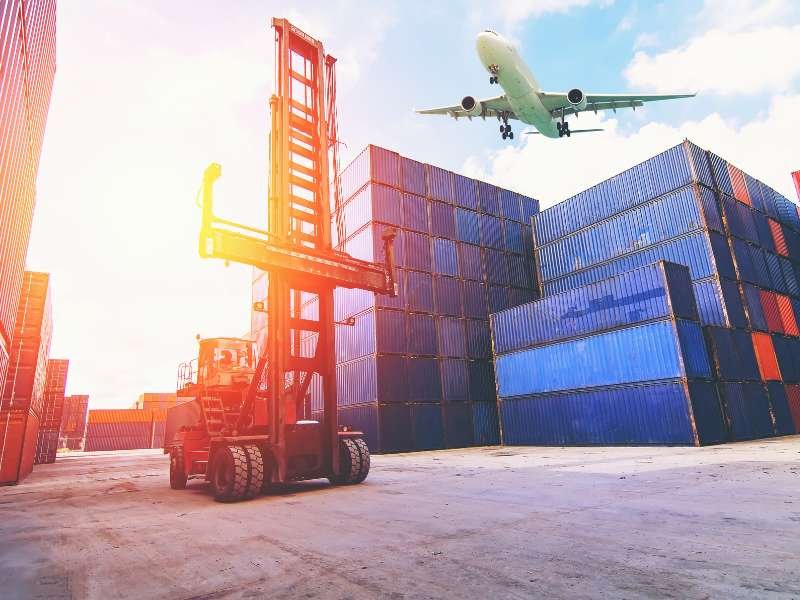


Recent Comments